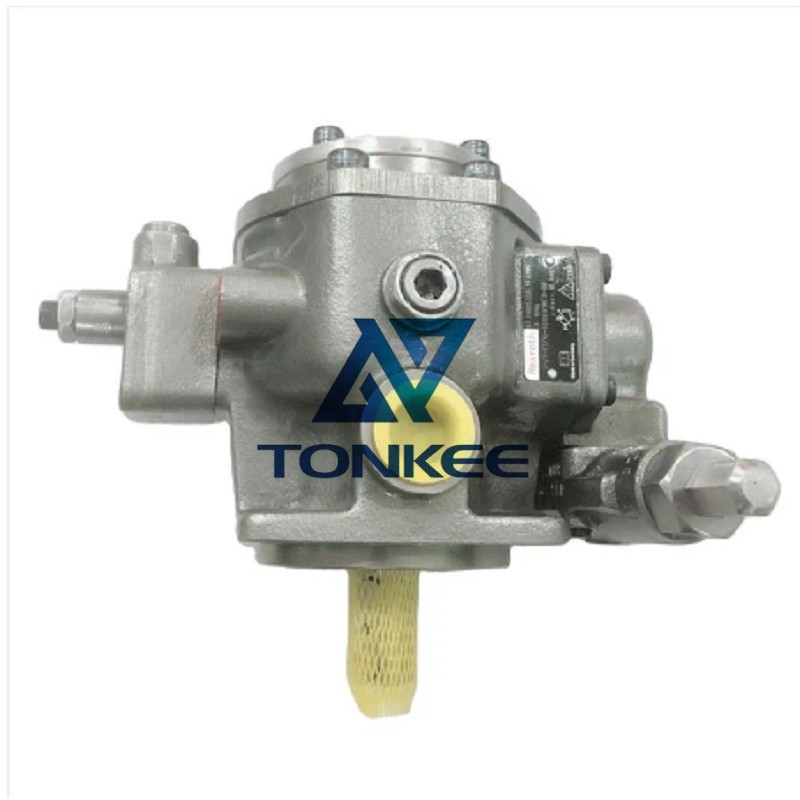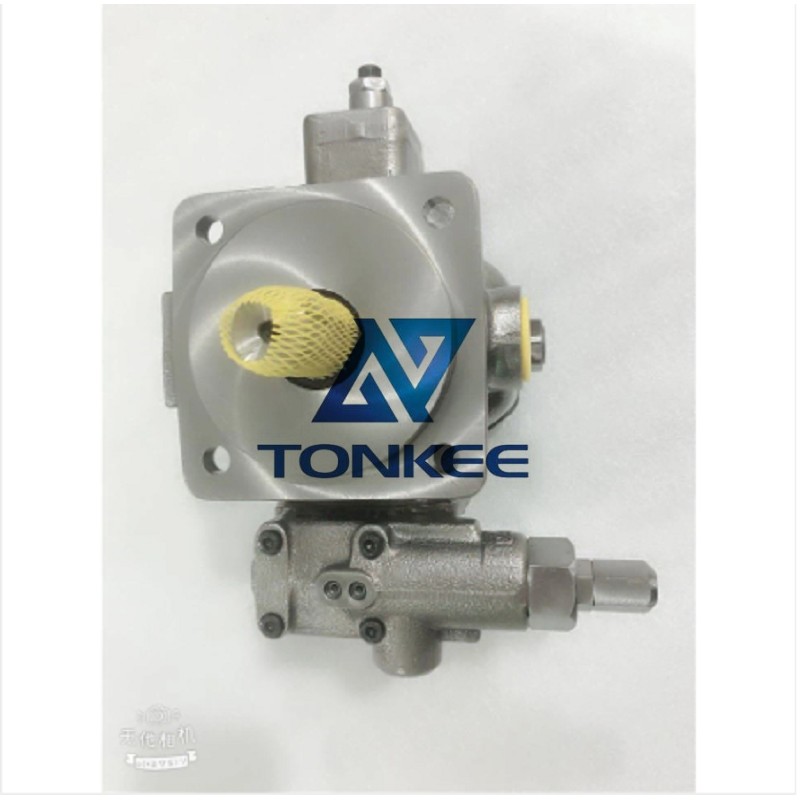
The PV7-1A and PV7-17 pumps are part of the PV7 series manufactured by Bosch Rexroth, a leading provider of hydraulic components and systems.
These pumps are known for their robust construction, high performance, and long service life. They are commonly used in hydraulic systems for machine tools, injection molding machines, presses, and other industrial equipment.
The PV7-1A pump is a variable displacement axial piston pump with a displacement volume ranging from 18 cc/rev to 45 cc/rev. It has a maximum operating pressure of 280 bar and a maximum speed of 3600 rpm. The PV7-17 pump, on the other hand, has a displacement volume ranging from 45 cc/rev to 91 cc/rev. It has a maximum operating pressure of 315 bar and a maximum speed of 3000 rpm. Both pumps are available in various control options, including manual control, hydraulic control, and electric control.
These pumps feature a swashplate design, where the angle of the swashplate determines the pump's displacement. By adjusting the swashplate angle, the pump can vary its output flow according to the system requirements, allowing for precise control of the hydraulic system. This feature makes these pumps highly versatile and adaptable to different operating conditions.
The PV7-1A and PV7-17 pumps are designed for continuous operation in demanding environments.
They have a compact and lightweight design, making them easy to install and integrate into hydraulic systems. The pumps are equipped with robust piston assemblies and high-quality seals, ensuring excellent reliability and leak-free operation. They also have low noise levels, contributing to a comfortable working environment.
To enhance their performance and durability, these pumps incorporate advanced technologies such as pressure compensation and load-sensing control. Pressure compensation allows the pump to automatically adjust its output flow in response to changes in system pressure, ensuring consistent performance under varying load conditions. Load-sensing control optimizes energy efficiency by adjusting the pump's displacement based on the actual demand of the hydraulic system, reducing unnecessary power consumption.
Maintenance of these pumps is straightforward, with easy access to components for inspection and servicing. The pumps are designed for long service intervals, minimizing downtime and reducing overall operating costs. Routine maintenance tasks include checking and replacing filters, inspecting seals and gaskets, and monitoring oil quality.


















